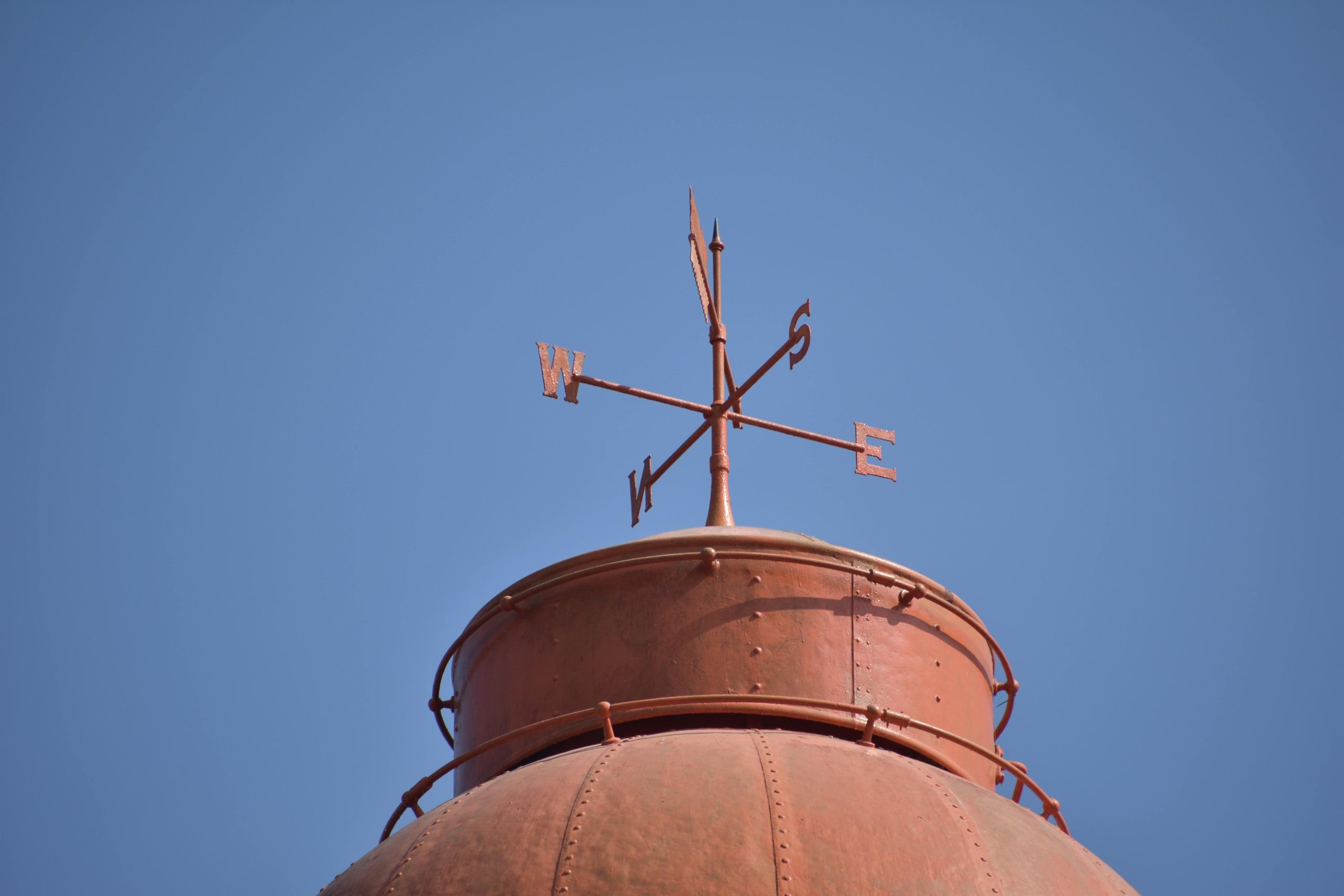Every crisis begins quietly. A rumor starts spreading online. A rainfall gauge ticks upward. A customer posts a complaint that hints at something bigger. Each of these is a signal, but the problem is that most institutions in the Philippines — government agencies, local governments, critical infrastructure operators, and private companies — still depend on manual monitoring to catch those signals. Staff are tasked with scraping websites, scrolling through social media, or waiting for bulletins. In practice, that means leaders often discover a crisis only after it is already trending or, worse, already unfolding on the ground. This delay is not just inconvenient — it is a vulnerability that erodes trust and undermines resilience.
The Fragility of Manual Monitoring
Manual monitoring was once the default because information traveled slower. But the volume, speed, and variety of data today have outstripped human capacity. Consider how typhoon warnings work in practice: PAGASA issues general advisories, but barangay-level risks are first visible on local Facebook groups or community chats. By the time a regional bulletin reaches LGU officials, families are already evacuating based on rumors. During the 2023 NAIA radar outage, passengers themselves were piecing together what had happened through Twitter threads while airlines and authorities lagged behind. In Marawi, civilians live-streamed parts of the siege before official reports even reached national desks.
These examples highlight the same underlying truth: the signals were there, but the system missed them. Human teams can only monitor so many channels, and information moves too fast. Crises rarely wait for official confirmation — they evolve in real time. Institutions that depend on manual processes are therefore forced into a reactive posture, forever chasing events instead of anticipating them.
Lessons from Abroad
Other governments and corporations have already faced this gap, and many have started to close it. Instead of putting more people behind screens, they have invested in systems that act as multipliers. These platforms continuously scan millions of sources — global media, niche forums, social platforms, sensor networks — and use algorithms to filter out the noise. They don’t overwhelm staff with raw feeds; they highlight anomalies, sudden spikes, or events that matter. Analysts no longer waste hours searching. They spend their time making judgments about action.
In the United States, national security agencies use real-time monitoring to detect events hours before they appear on mainstream channels. In Europe, financial regulators track sentiment and breaking news to guard against sudden market shocks. In Asia, some airports are fusing passenger chatter, weather data, and operational feeds into dashboards that give managers a single, timely picture of risk. The common thread is that they have acknowledged the limits of manual monitoring and chosen to adapt.
Why the Gap Hurts the Philippines
The Philippines is particularly exposed because of its mix of natural, digital, and social risks. Floods, landslides, and earthquakes strike with little warning. At the same time, the digital landscape is noisy and volatile: false stories trend in hours, reputations are damaged in minutes, and public trust is fragile.
National agencies often discover incidents from the evening news or trending hashtags, rather than from structured intelligence. LGUs are constrained by fragmented systems that force them to wait for regional advisories even when their constituents already know what is happening through community networks. Private operators — telcos, banks, airlines, energy firms — find that by the time they acknowledge an outage or a disruption, customers online have already set the narrative.
The consequence is twofold. First, crises escalate faster than institutions can respond. Second, credibility erodes. Citizens expect authorities and companies to be ahead of them, not behind. Each time an agency explains it “did not see it coming,” confidence weakens further.
Toward Anticipation Instead of Reaction
Addressing this blind spot is not about replacing human judgment with machines. It is about enabling human judgment to work with speed and clarity. The change requires three shifts.
The first is to treat information as a continuous flow, not a snapshot. Institutions must stop depending on sporadic manual checks and adopt systems that listen constantly. The second is to emphasize anticipation over reaction. The goal is not simply to confirm what has already happened but to see the weak signals before they harden into full crises — unusual chatter online, sudden shifts in sentiment, anomalies in sensor readings. The third is to build a shared operating picture. Fragmented data held by different agencies leads to fragmented responses. A common view of the situation allows coordination, reduces duplication, and creates trust both internally and with the public.
The Strategic Choice
The Philippines cannot afford to remain reactive. Events are accelerating, the information environment is more fragmented than ever, and the public is less tolerant of institutional blind spots. The choice is straightforward. Continue with manual monitoring and accept that leaders will always be explaining failures after the fact. Or make the investment in real-time situational awareness and create institutions that anticipate, prepare, and respond with confidence.
One path leads to weakened resilience and eroded trust. The other builds stronger, faster, and more credible institutions. In an age where the speed of information defines the speed of risk, seeing earlier is not about efficiency — it is about survival.

